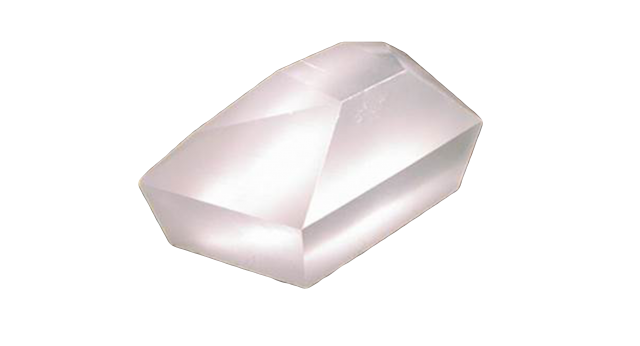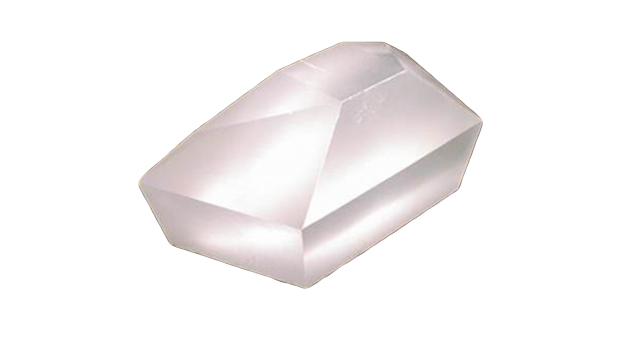
High-quality Cesium Iodide crystal scintillators are available with a large variety of form factors and sizes. These detectors offer excellent performance and resolution for your nuclear spectroscopy applications.
Cesium iodide (CsI) is a robust material that doesn’t cleave or crack under stress. It is minimally hygroscopic and a relatively bright scintillator that BNC employs with a photomultiplier tube (PMT) inside the Model 951 nukeALERT Personal Radiation Detector.
The emission of CsI itself is located above 500 nm where it is very effectively read out by silicon photodiodes (as in BNC’s Model 1703 PRDs) or silicon photomultipliers (SiPM). Besides PRDs, CsI crystals are frequently used in arrays or matrices in particle physics research.
Properties of CsI(Ti) Scintillators
| Density (g/cm3) | 4.51 |
| Melting point (K) | 894 |
| Thermal expansion coefficient (C-1) | 54 x 10-6 |
| Cleavage plane | None |
| Hardness (Mohs) | 2 |
| Hygroscopic | Slightly |
| Wavelength of emission max. (nm) | 550 |
| Lower wavelength cutoff (nm) | 320 |
| Refractive index @ emission max | 1.79 |
| Primary decay time (ns) | 1000 |
| Light yield (photons/keV) | 54 |
| Photoelectron yield (% of NaI(Tl)) (for γ-rays) | 45 |
Properties of CsI(Na) Scintillators
| Density (g/cm3) | 4.51 |
| Melting point (K) | 894 |
| Thermal expansion coefficient (C-1) | 54 x 10-6 |
| Cleavage plane | none |
| Hardness (Mohs) | 2 |
| Hygroscopic | Yes |
| Wavelength of emission max. (nm) | 420 |
| Lower wavelength cutoff (nm) | 300 |
| Refractive index @ emission max | 1.84 |
| Primary decay time (ns) | 630 |
| Light yield (photons/keV) | 41 |
| Photoelectron yield (% of NaI(Tl)) (for γ-rays) | 85 |
Downloadable resources such as datasheets, firmware, software, drivers and products manuals. Alternatively, you can browse resources directly by visiting our downloads page.
• Product Datasheets
• Product Firmware
• Product Software and Drivers
• Product Manuals


